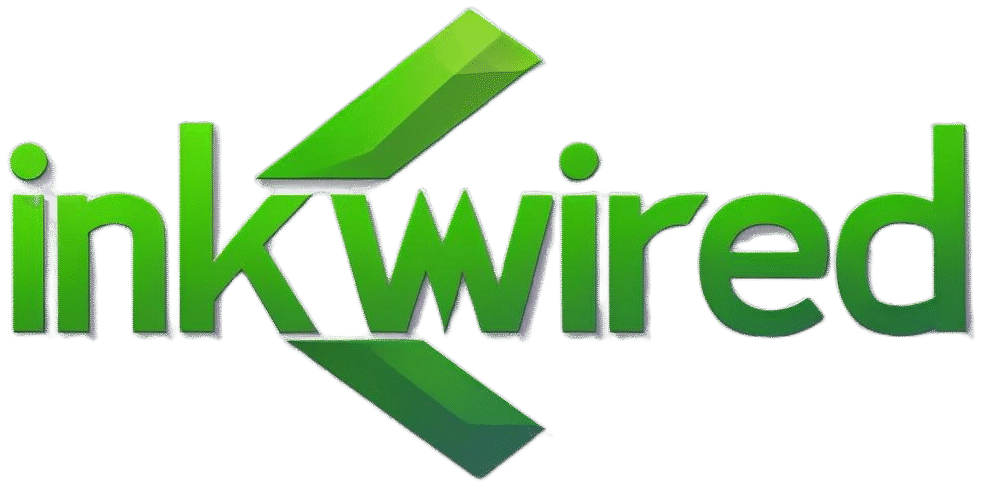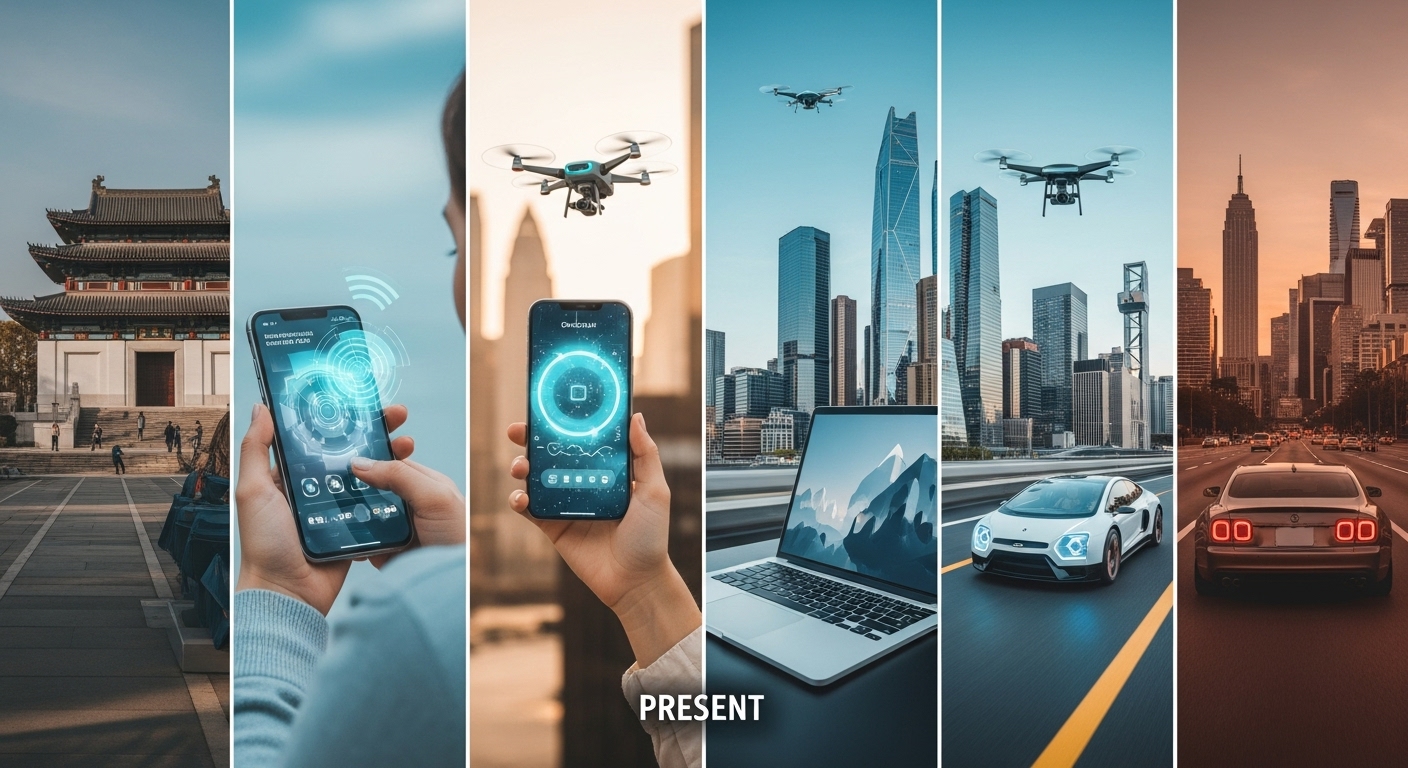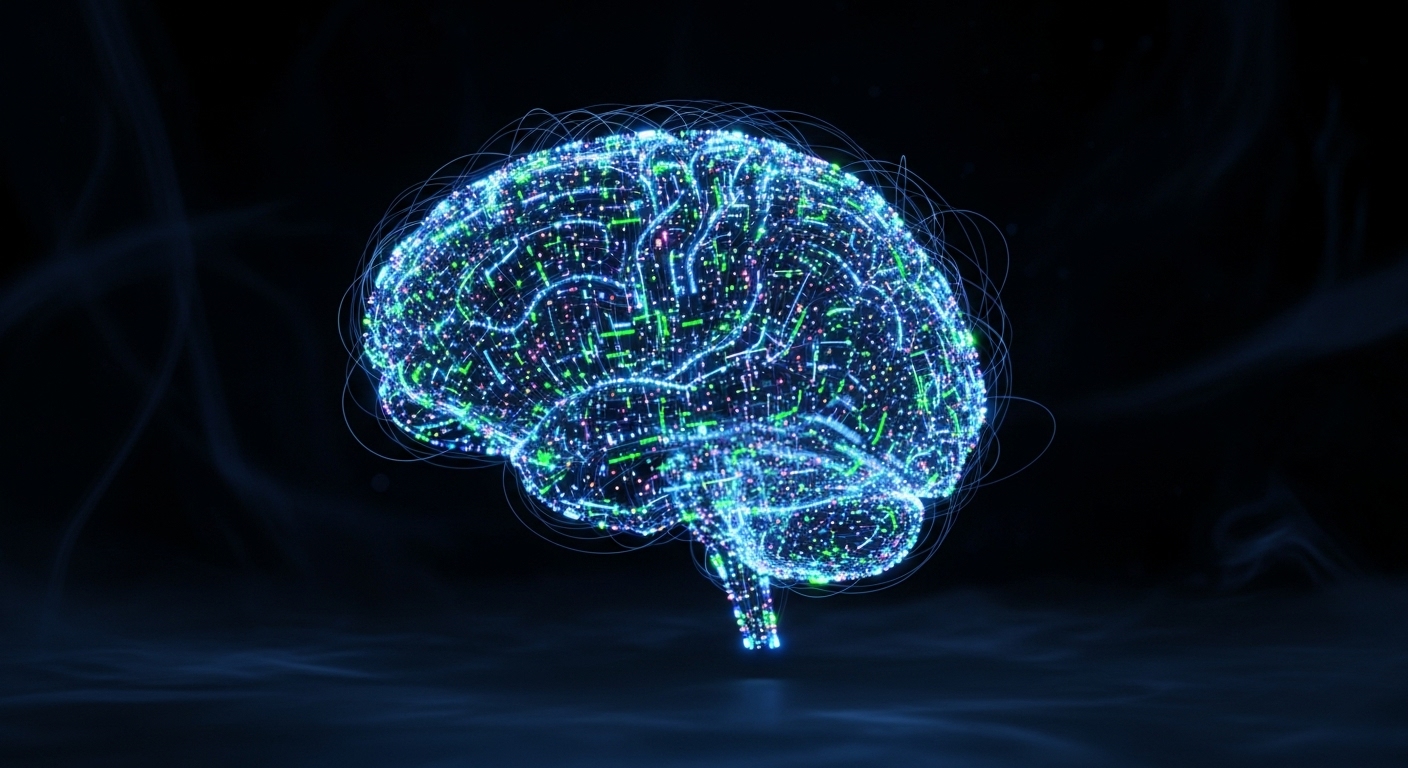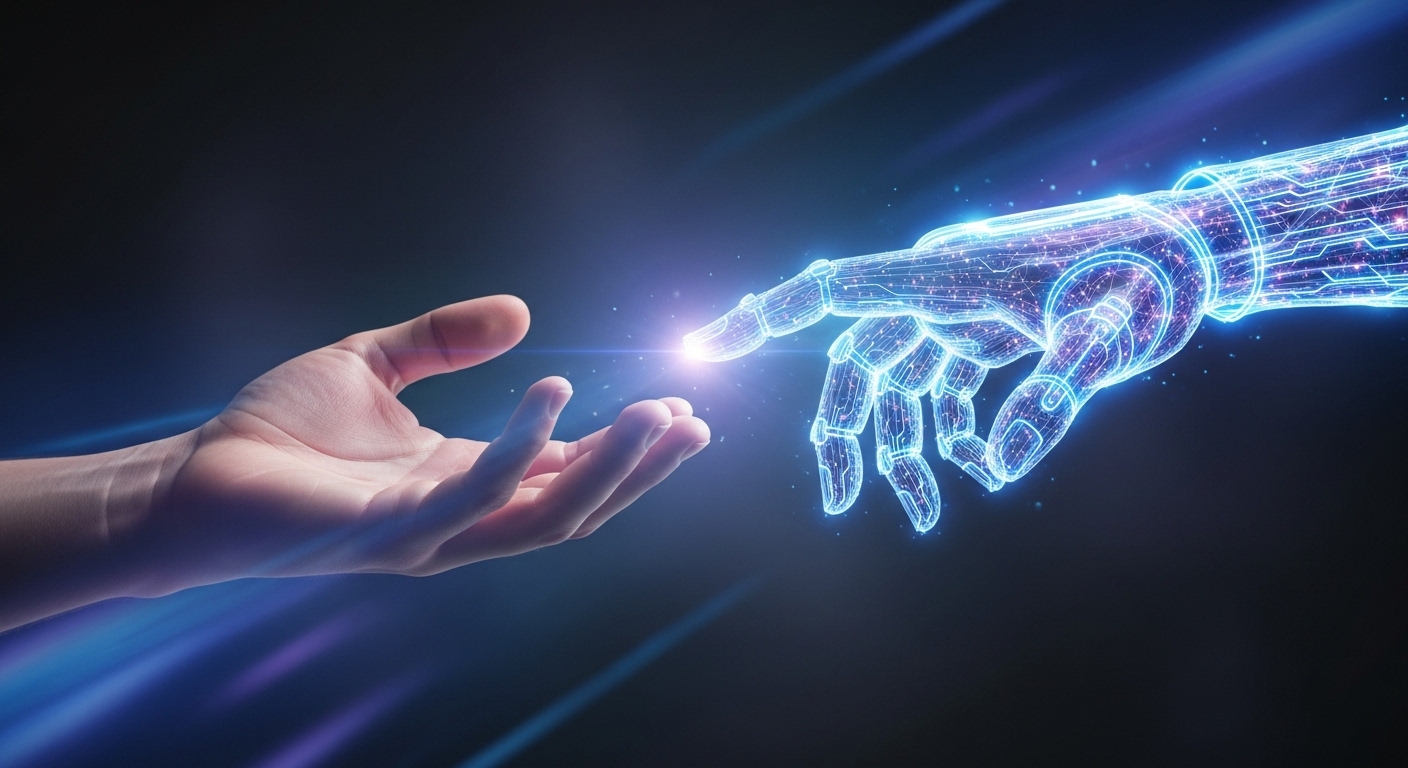Introduction
Technology is no longer just a tool we use; it has become the very foundation of modern civilization. From the way we communicate, work, and travel, to how we heal, learn, and even dream, technology influences nearly every part of human existence. The 21st century has been defined by an explosion of innovation, connecting billions of people and turning once-impossible ideas into ordinary experiences. As we stand in the midst of the digital era, it is worth exploring how technology has reshaped our world and what the next wave of innovation may bring.
The Digital Revolution: A Turning Point in Human History
When historians look back at this century, they will likely describe the digital revolution as one of the most significant transformations since the industrial revolution. The shift from analog to digital systems changed how we store, process, and transmit information. The invention of the internet, personal computers, and later smartphones, created a globally connected society where data flows faster than ever before.
The rise of the internet gave birth to new industries, redefined communication, and democratized access to knowledge. Where once only libraries and universities held vast archives of information, now anyone with an internet connection can learn, research, or share insights. This digital accessibility is not just a convenience; it has become a catalyst for creativity and collaboration, breaking down barriers of geography and language.
Artificial Intelligence: The New Industrial Engine
Artificial intelligence has evolved from a niche research field into the core of modern technology. Today, AI systems power search engines, medical diagnostics, self-driving cars, financial forecasting, and even the entertainment we consume. Through machine learning and deep learning, computers can now recognize speech, translate languages, and make decisions based on vast datasets.
AI’s ability to learn from experience rather than follow fixed instructions has revolutionized industries. In healthcare, AI systems can analyze medical images more accurately than human doctors in some cases, detecting diseases at earlier stages. In manufacturing, AI-driven robots work with precision and adaptability, creating safer and more efficient environments.
Yet, with every breakthrough, ethical questions arise. Should AI systems be allowed to make life-or-death decisions in autonomous vehicles? How do we ensure algorithms remain unbiased and fair? The challenge for the coming decades will not only be advancing AI technology but also defining moral and regulatory frameworks that keep humanity in control of its creations.
The Internet of Things: Building a Connected Ecosystem
The Internet of Things, often abbreviated as IoT, refers to the growing network of interconnected devices that collect and share data. Smart thermostats, wearable fitness trackers, connected cars, and even smart refrigerators all form part of this vast ecosystem. Each device communicates with others, creating a web of intelligence that learns and adapts to human needs.
In smart homes, IoT devices adjust lighting, temperature, and security settings automatically, making daily life more comfortable and efficient. In cities, sensors monitor traffic, pollution, and public infrastructure, helping urban planners design more sustainable environments. On industrial scales, IoT systems track machinery performance in real time, predicting maintenance needs before breakdowns occur.
However, the expansion of connected devices brings new challenges in privacy and security. As billions of sensors and systems exchange information, protecting that data becomes critical. The success of IoT will depend not only on its convenience but also on how safely it manages the data of individuals and societies.
The Rise of Automation and Robotics
Automation has been both celebrated and feared since the early days of industrial machines. Today, automation has reached a level of sophistication that blurs the line between human and machine labor. Robots assemble products, deliver goods, and even serve customers in restaurants. In warehouses, robotic systems navigate aisles independently, tracking inventory with remarkable precision.
This wave of automation is reshaping the global economy. Routine, repetitive jobs are increasingly being performed by machines, while demand rises for skilled professionals who can design, operate, and maintain these systems. Some fear that automation will lead to widespread job loss, while others argue it will create entirely new professions that do not yet exist.
In reality, automation reflects a broader truth about technology: it disrupts existing systems but also opens doors to new possibilities. The challenge lies in how societies adapt through education, retraining, and the reimagining of what meaningful work looks like in an age dominated by intelligent machines.
Cloud Computing and the Power of Virtualization
The shift to cloud computing has changed how data and applications are stored, accessed, and managed. Instead of relying on local servers or personal devices, cloud platforms allow businesses and individuals to access computing power and storage remotely. This has created a new level of flexibility, enabling collaboration and scalability never before possible.
For startups, the cloud eliminates the need for expensive infrastructure, allowing innovation to flourish. For large corporations, it means faster development cycles and global connectivity. Cloud computing also supports the massive data processing needs of AI systems and IoT networks, forming the invisible backbone of our digital world.
The future of cloud computing lies in edge computing, where data is processed closer to its source rather than in distant data centers. This reduces latency and increases efficiency, especially for real-time applications like autonomous driving and industrial automation. Together, cloud and edge computing represent a powerful combination that fuels the continuing digital transformation of industries.
The Evolution of Communication Technology
From handwritten letters to instant messages across continents, communication technology has evolved dramatically. The invention of the telephone marked the beginning of long-distance communication, but the true revolution came with the internet and mobile networks. Today, video calls, virtual conferences, and social media have made the world more connected than ever before.
The advent of 5G networks is further accelerating this evolution. With faster data speeds and lower latency, 5G enables technologies like augmented reality, virtual reality, and smart cities to operate seamlessly. Communication is no longer limited by time or location—it is becoming immersive, interactive, and instantaneous.
However, this constant connectivity also brings social challenges. Information spreads rapidly, often without verification. Digital addiction and online polarization are real consequences of hyper-connectivity. As we move toward even more advanced communication tools, finding balance between digital presence and real-world interaction will be essential for human well-being.
The Future of Transportation Technology
Transportation has always been a measure of human progress. From the invention of the wheel to the rise of electric and autonomous vehicles, each innovation has redefined mobility. The 21st century is witnessing another major shift as the automotive industry embraces sustainability and automation.
Electric vehicles are rapidly becoming mainstream, driven by advances in battery technology and global efforts to reduce carbon emissions. Meanwhile, autonomous vehicles are being tested on roads around the world, promising safer and more efficient travel. These technologies are not only changing personal transportation but also logistics and supply chains, where automated trucks and drones deliver goods faster and more efficiently than ever before.
In addition to ground transport, advances in aerospace technology are pushing boundaries. Reusable rockets and commercial space flights are transforming the once-government-dominated space industry into a thriving private sector frontier. The future of transportation may even include hyperloop systems and urban air mobility networks, connecting cities in ways that once belonged to science fiction.
Biotechnology and the Fusion of Life and Technology
Among the most profound technological revolutions is the merging of biology and digital systems. Biotechnology has given humanity unprecedented control over the building blocks of life. Genetic engineering, CRISPR gene editing, and synthetic biology are rewriting the rules of medicine and agriculture.
In healthcare, personalized medicine tailors treatments to an individual’s genetic profile, increasing effectiveness and reducing side effects. In agriculture, biotech crops are designed to withstand drought and pests, addressing global food security challenges. Scientists are even exploring the fusion of biological and digital systems, such as brain-computer interfaces that allow direct communication between humans and machines.
These developments raise deep ethical questions about what it means to be human. As we alter the genetic code of life and blur the boundaries between biology and technology, society must confront not only scientific possibilities but also moral responsibilities.
Cybersecurity: The Invisible Battle of the Digital Age
As the world becomes more interconnected, cybersecurity has emerged as one of the most critical challenges of our time. Every connected device and online service represents both an opportunity and a potential vulnerability. Hackers, cybercriminals, and even state actors target systems ranging from personal devices to national infrastructure.
Data breaches, ransomware attacks, and identity theft have shown that cybersecurity is not just a technical issue—it is a matter of trust. Businesses must protect customer information, governments must safeguard national security, and individuals must remain vigilant about their digital privacy.
The future of cybersecurity will rely on advanced encryption, AI-driven threat detection, and global cooperation. However, the most important defense will remain awareness and responsibility. Technology alone cannot secure the digital world; human behavior and ethical design must go hand in hand with innovation.
The Ethical Dimension of Technological Progress
With great power comes great responsibility, and technology is no exception. Every advancement brings benefits, but also potential harm. Artificial intelligence can improve efficiency but also reinforce bias. Social media connects people but can also spread misinformation. Biotechnology can cure diseases but may challenge ethical boundaries.
The question of ethics in technology is not just philosophical—it is practical and urgent. As automation replaces human labor and AI systems make autonomous decisions, societies must ensure that progress aligns with human values. Governments, corporations, and communities need transparent frameworks to guide responsible innovation.
Education plays a vital role here. Teaching ethics, digital literacy, and critical thinking is essential to preparing future generations for a world where technology influences every decision. The goal is not to halt progress, but to shape it with wisdom and empathy.
The Role of Education in a Tech-Driven World
Technology is transforming not only what we learn but also how we learn. Online education platforms, digital classrooms, and immersive learning tools are breaking down barriers to education. Students from remote regions can access world-class courses, while virtual reality allows learners to experience history, science, or art in new ways.
However, the digital divide remains a global challenge. Not everyone has equal access to technology or the internet, leading to disparities in opportunity. Ensuring digital inclusion is crucial for building an equitable future. Education must evolve not just to teach technology, but to teach how to live thoughtfully within a technological world.
The Promise and Peril of Future Innovation
Looking ahead, emerging technologies like quantum computing, nanotechnology, and advanced AI promise to revolutionize every industry. Quantum computers could solve problems beyond the reach of classical systems, potentially transforming materials science, cryptography, and medicine. Nanotechnology might enable molecular-level machines that repair cells or clean pollution.
At the same time, the pace of innovation can outstrip society’s ability to adapt. Rapid change can create economic inequality, ethical dilemmas, and environmental risks. The key will be guiding innovation with foresight—using technology not merely to expand power or profit, but to improve the human condition and the health of our planet.
Conclusion: A Future Defined by Human Choice
Technology is neither inherently good nor evil. It is a mirror that reflects our collective intentions and choices. The devices, systems, and algorithms that define modern life are extensions of human creativity and curiosity. Whether they lead to a world of prosperity or peril depends on how we use them.
The future of technology is not predetermined. It is being written every day—in laboratories, startups, classrooms, and homes around the world. By combining innovation with ethics, intelligence with empathy, and progress with sustainability, humanity has the power to shape a future where technology truly serves the greater good.
We stand at the intersection of infinite possibility. The same forces that can divide us can also unite us. The same machines that can replace us can also empower us. The story of technology is ultimately the story of human potential—limitless, unpredictable, and profoundly transformative.



